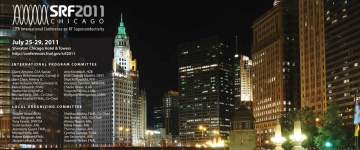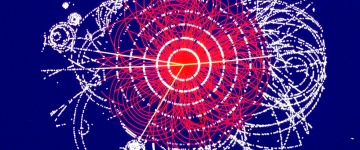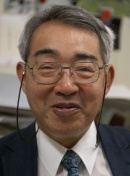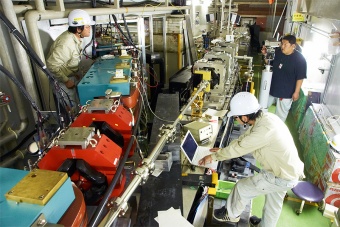Image of the week
Recovery effort at ATFAfter repairing some hardware components that were broken in the earthquake of 11 March, the recovery work at ATF is now focusing on fixing the overall hardware alignment using an optical survey technique. This will be followed by recovery of the cooling water, excitation of the magnet and the radiofrequency power, and test beam operation later this month and toward summer 2011. |
In the News
-
from BBC News26 May 2011First results from a major astronomical survey using a cutting-edge technique appear to have confirmed the existence of mysterious dark energy.
-
from National Geographic24 May 2011“Besides black holes, there’s nothing denser than what we’re creating,” said David Evans, a physicist at the University of Birmingham in the U.K. and a team leader for the LHC’s ALICE detector, which helped observe the quark-gluon plasma. “If you had a cubic centimeter of this stuff, it would weigh 40 billion tons.”
-
from AFP23 May 2011A month ago, the LHC set a record of 10 million collisions per second. “This is now 100 million collisions per second,” Spiro said at a conference in Paris on the “infinitely small and the infinitely big.”
-
from New York Times21 May 2011Fermi’s future experiments will focus on creating the greatest number of particles, not necessarily the most energetic ones. Scientists plan to create dense, relatively low-energy beams of neutrinos, little-understood particles that have almost no mass, no electrical charge and other quirky properties.
-
from The Economist20 May 2011Discussions are already under way about future upgrades and complementary devices, like a linear collider which would accelerate electrons and their antiparticles, positrons, in a straight line rather than a circle before smashing them head on.
Copyright © 2025 ILC International Development Team




